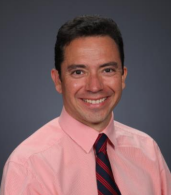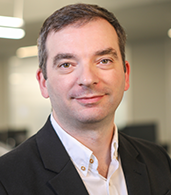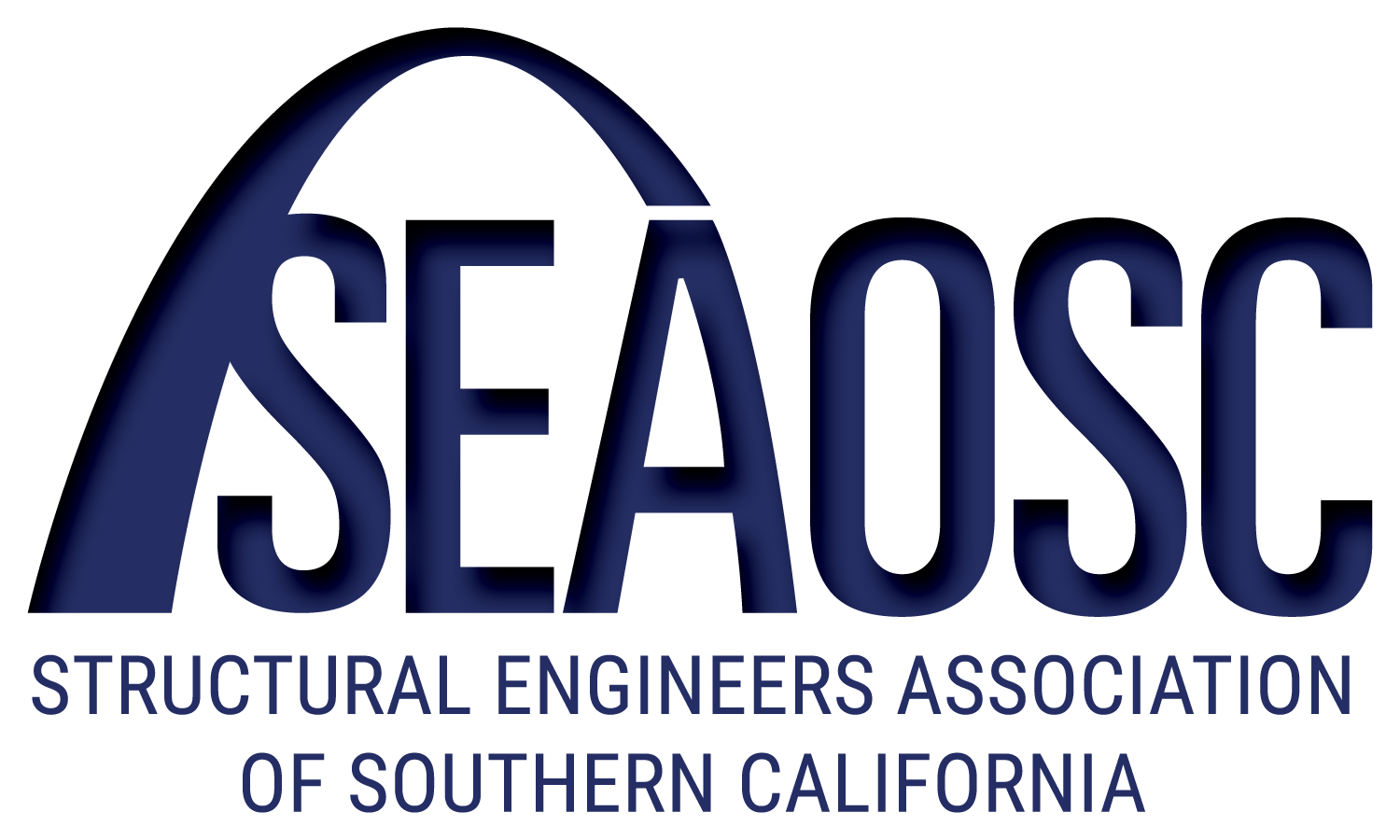|
Webinar:
Consideration of vertical seismic design loads is important for structural systems that are sensitive to vertical accelerations such as cantilevered systems, gravity systems with offsets in the vertical plane, long spans, prestressed concrete structures. It is also important for other non-building critical structures such as nuclear power plants, areas with equipment sensitive to vertical deformations, water retaining structures, other nonstructural components in buildings, etc. Chapter 11 of the standard ASCE 7-16 provides prescriptive procedures for design purposes for systems sensitive to vertical accelerations. For site specific studies alternative approaches can be used to define the vertical design spectrum developed in a probabilistic seismic hazard assessment (PSHA). One approach computes the hazard for the vertical ground motions using vertical ground motion prediction equations (GMPEs). The main drawback of this approach is that the earthquake scenarios (as identified in the deaggregation of the probabilistic hazard) that control the vertical spectrum may be very different from those that control the horizontal spectrum, and so it is not appropriate to use these vertical and horizontal spectra to represent the ground motions of a single design earthquake.
This can be avoided by using a V/H ratio model to scale the horizontal spectrum that was developed using a PSHA. This has the benefit of yielding horizontal and vertical spectra that are both consistent with the same earthquake scenarios. The principal limitation of V∕H ratios is that the vertical-component may scale differently from the horizontal with respect to moment magnitude (M), source-site distance, and site condition. Another difficulty is that the standard deviation terms may be different.
This presentation-panel discussion will touch on the principles of probabilistic seismic hazard analysis and address the benefits and limitations of the two approaches for developing the vertical spectrum. It will also provide a comparison of various seismic design code requirements for developing the vertical spectrum as well as examples from different projects around the world.
Speaker:
 Gabriel J. Acero MSSE, SE, PE Gabriel J. Acero MSSE, SE, PE
Senior Associate / AECOM
Gabriel Acero is a licensed Professional and Structural Engineer with over 25 years of experience in the structural capacity research, structural design and seismic evaluation, assessment, and retrofit of structures. Acero leads structural design groups in large size national and international essential facility projects.
Acero has participated in the modeling, analysis and design of unique high-performance structures such as the UCSD outdoors shaking table, high rise buildings, large environmental water retaining structures, airport terminals, air traffic control towers and other essential and non-essential facilities in high seismic zones. He leads international projects in New Zealand, China, Peru, Azerbaijan, Middle East, Canada, Centro-America, and other high seismic zones in Latin-American Countries.
During his career he has developed expertise working on new buildings, tenant improvements, OSHPD design, peer reviews, value engineering, optimizations, DoD, CDCR, DSA, Oil and industrial facilities, 3rd world construction techniques, and Attorney support for Construction Defect Litigation.
SEAOSC (Structural Engineers Association of Southern California) is the oldest structural engineering association in the World. Acero currently serves as Co-Chair in the SEAOSC Seismology Committee and as a member of the SEAOC (Structural Engineers Association of California) State Seismology Committee.
 Andreas Skarlatoudis, PhD Andreas Skarlatoudis, PhD
Engineering Seismologist / AECOM
Dr Skarlatoudis is anEngineering Seismologist with extensive experience in R&D in strong ground motions and its application to seismic hazard analysis for critical facilities.
He received his PhD in Geophysics in 2009from the Aristotle University of Thessaloniki, Greece, where he then worked as a Seismologist for 6 years before he joined the AECOM Los Angeles Seismology group in 2012. He has seven years specialized experience in seismic hazard analysis for the design of critical facilities and a total of 18 years’experience in strong ground motion prediction and modelling.
His research is focused on strong motion record processing and interpretation, development of empirical ground motion prediction models, empirical and numerical modelling of earthquake source and ground motions, including theamplifying effects of sedimentary basins.
Dr Skarlatoudishas providedengineers with estimates of design ground motions insupportoficonic AECOM projects in California and worldwide such as the Gordie Howe Bridge, Jorge Chavez International Airport expansion, Inglewood Basketball and Entertainment Center and more than 100 water storage and tailings dams around the world.
He has published numerouspapers ininternational peer reviewed scientific journals and conference proceedings and presented his research atnational and international seismological and engineering conferences. He is a member of the Seismological Society of America (SSA),the Earthquake Engineering Research Institute (EERI)and the UCLA CEE Industry Advisory Board.
 Cario Briceno, SE, PE Cario Briceno, SE, PE
Structural Engineer / Parsons
Cario Briceño is a Parsons Supervising Structural Engineer with more than 20 years of civil and structural engineering and seismic evaluation, including healthcare facilities, environmental water structures, commercial structures, and institutional buildings. Building materials expertise includes concrete, steel, masonry, and wood. He has supervised project schematic design, design development, and contract documents including project drawings and specifications. He is a registered civil and structural engineer in the state of California. He also has extensive experience with California Building Codes and Standards and has worked in collaboration with International Building Code (IBC) officials to develop uniform building codes for existing building code, including structural and nonstructural issues, and seismic evaluation of structures. Recently, he has coauthored SEAOSC Design Guide Vol. 1: City of Los Angeles Mandatory Earthquake Hazard Reduction in Existing Non-Ductile Concrete Buildings and the current edition of the SEAOC Blue book.

Friday, August 21, 2020
12:00pm-1:00pm
Individuals: Members - $25, Non-Members - $50
Firms with 2-5 Employees: Members - $100, Non-Members - $175
Firms with 6+ Employees: Members - $200, Non-Members - $275
Firm registration link provided with multiple location logins
|

